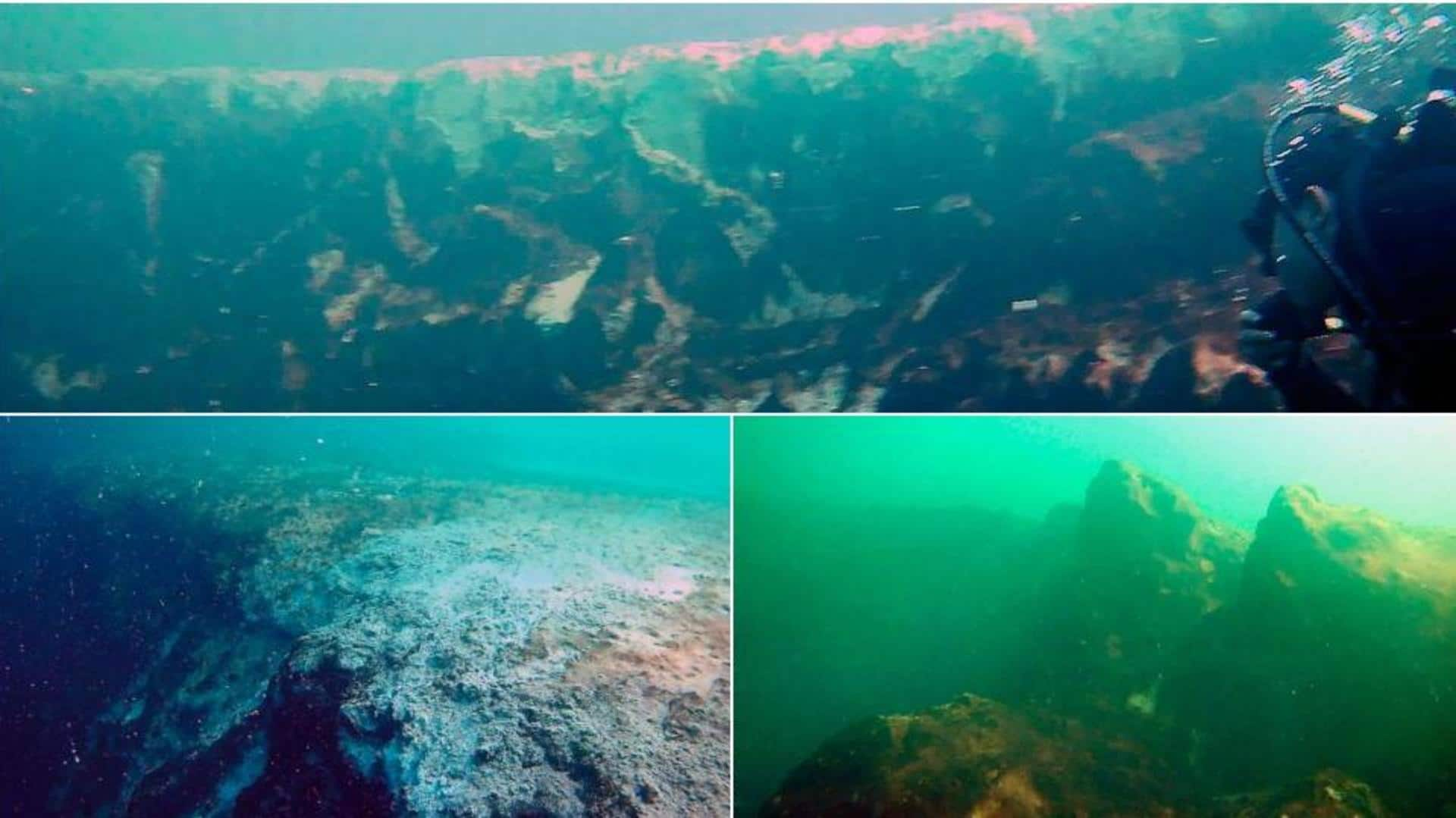
What's special about the world's second-deepest blue hole in Mexico
What's the story
The second-deepest blue hole in the world has been discovered, off the coast of the Yucatan Peninsula, Mexico. The massive underwater cavern, which lies in Chetumal Bay, measures 900-feet deep and occupies roughly 147,000-square feet. The blue hole was found by researchers from El Colegio de la Frontera Sur (Ecosur) in 2021 and was documented recently in the journal Frontiers In Marine Science.
Blue holes
What are blue holes?
Blue holes are huge undersea vertical caves in coastal areas. Several blue sinkholes contain diverse plant and marine life, including corals, bull sharks, and sea turtles. According to Discovery, blue holes are home to ancient limestone caves carved into the ocean floor. As a result of the accumulation of dead bacteria from fallen leaves and trees, these inland blue holes appear black.
Detail
Blue holes are poorly understood
"They [blue holes] are largely poorly understood," Christopher G. Smith, a coastal geologist at the U.S. Geological Survey (USGS) who has studied other submarine sinkholes, told Live Science. Smith added that the unique seawater chemistry found in blue holes suggests that it could interact with groundwater and possibly even aquifers, which are bodies composed of rock or sediment that hold groundwater.
Detail
The Chetumal blue hole starts 15-feet below sea level
Blue holes possess less oxygen, and sunlight only touches the surface. In spite of these factors, these sinkholes are swarming with life which has adapted to the low-oxygen conditions. Named 'Taam Ja' which means "deep water" in Mayan, the blue hole in Chetumal has steep sides, sloping almost 80 degrees, and the mouth of the sinkhole starts about 15-feet below sea level.
Information
Blue holes are hard to reach
Since blue holes are hard to access, scientists haven't been able to study many of these underwater caverns. The world's current largest blue hole, the Dragon Hole in the South China Sea, was discovered in 2016 and is believed to be over 980-feet deep.
Implication
Why do blue holes matter?
Blue holes may offer a glimpse of what life was about thousands of years ago. Further, it can offer insights into extraterrestrial life. When researchers examined the hole in Bahamas, in 2012, they found bacteria deep within the sinkholes where no other lifeforms existed. Such findings could explain what kind of life would thrive under extreme conditions in other parts of the solar system.